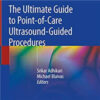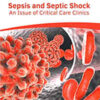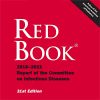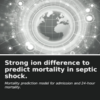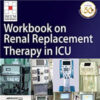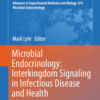How to Optimize the Use of Blood Cultures for the Diagnosis of Bloodstream Infections?
frontiersin.orgBloodstream infection (BSI) is a major cause of death in developed countries and the detection of microorganisms is essential in managing patients.
Despite major progress has been made to improve identification of microorganisms, blood culture (BC) remains the gold standard and the first line tool for detecting BSIs.
Consensus guidelines are available to ensure optimal BSI procedures, but BC practices often deviate from the recommendations.
This review provides an update on clinical and technical issues related to blood collection and to BC performance, with a special focus on the blood sample strategy to optimize the sensitivity and specificity of BCs.
Blood Cultures are among the most common microbiological tests performed in 2016 and remain the first and essential diagnostic tool for detection of BSIs.
Best practices of BC sampling require thorough understanding of several issues including appropriate ordering BCs, timing of BC collection, skin preparation, sample site, impact of the volume sampled.
Quality control programs, including automated controls of pre-analytical variables should be reinforced to address the deficiencies that are frequently reported.


